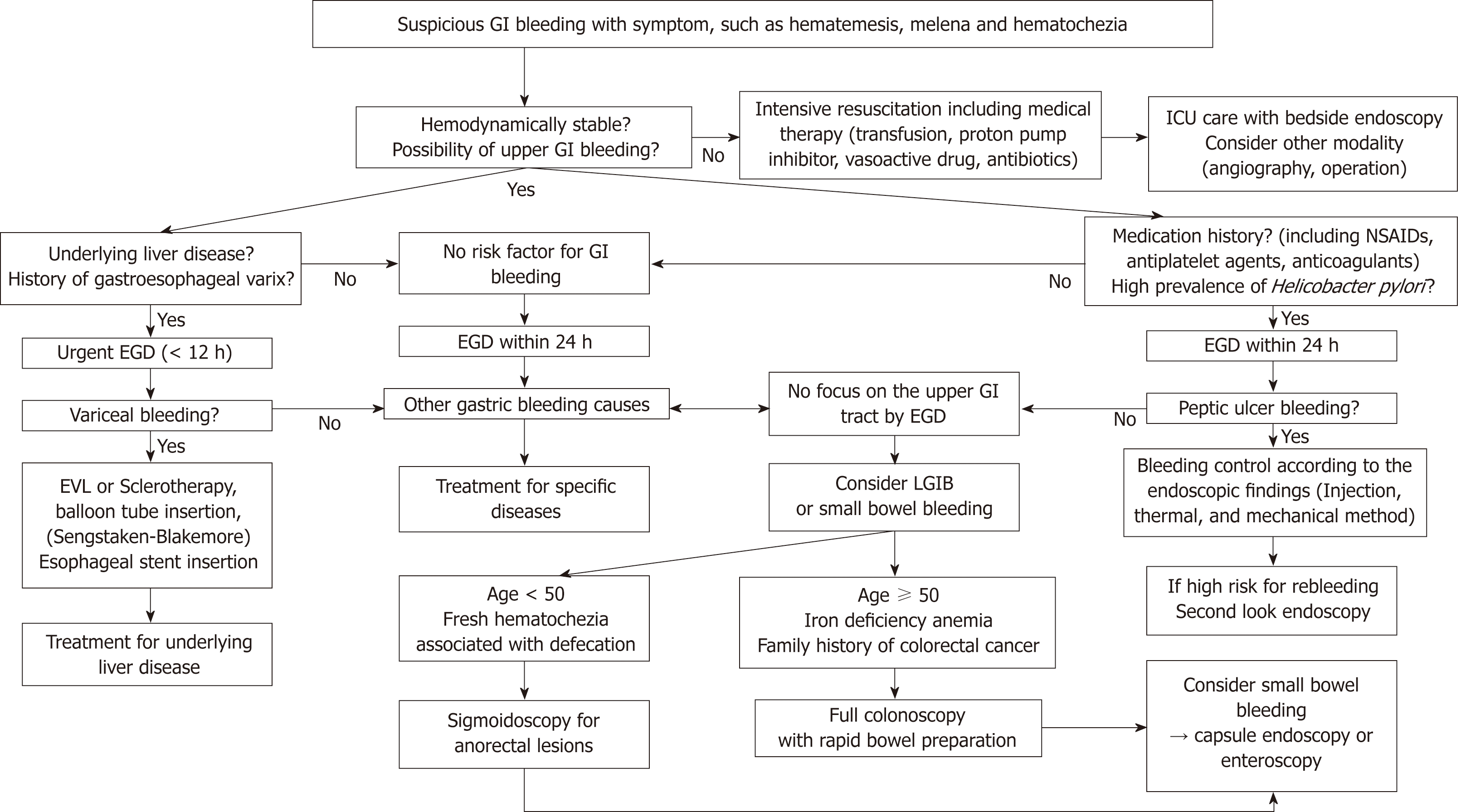
Acute Gi Bleed. Patients present with hematemesis bloody or coffee ground emesis or melena although hematochezia can occur in the context of a major bleed and is typically associated with hemodynamic insta bility. Acute upper gastrointestinal bleeding ugib is common in both acute care and primary care settings. Patients present with hematemesis bloody or coffee ground emesis or melena although hematochezia can occur in the context of a major bleed and is typically associated with hemodynamic instability. Typical symptoms of upper gastrointestinal bleeding include.
Typical symptoms of upper gastrointestinal bleeding include. Gi bleeding itself is not a disease but a symptom of any number of conditions. Peptic ulcer bleeding is the most common cause of upper gastrointestinal bleeding responsible for about 50 of all cases followed by oesophagitis and erosive disease. The gi tract includes your esophagus stomach small intestine large intestine colon rectum and anus. Gastrointestinal gi bleeding is when bleeding occurs in any part of the gastrointestinal tract. Gastrointestinal gi bleeding is a symptom of a disorder in your digestive tract.
Gastrointestinal gi bleeding is when bleeding occurs in any part of the gastrointestinal tract.
Rebleeding in upper gastrointestinal bleeding occurs in 7 16 despite endoscopic therapy. Patients present with hematemesis bloody or coffee ground emesis or melena although hematochezia can occur in the context of a major bleed and is typically associated with hemodynamic instability. The gi tract includes your esophagus stomach small intestine large intestine colon rectum and anus. Typical symptoms of upper gastrointestinal bleeding include. Typically coffee ground like in appearance due to the presence of partially digested blood. Variceal bleeding is the cause of bleeding in cirrhotic patients in 50 60.